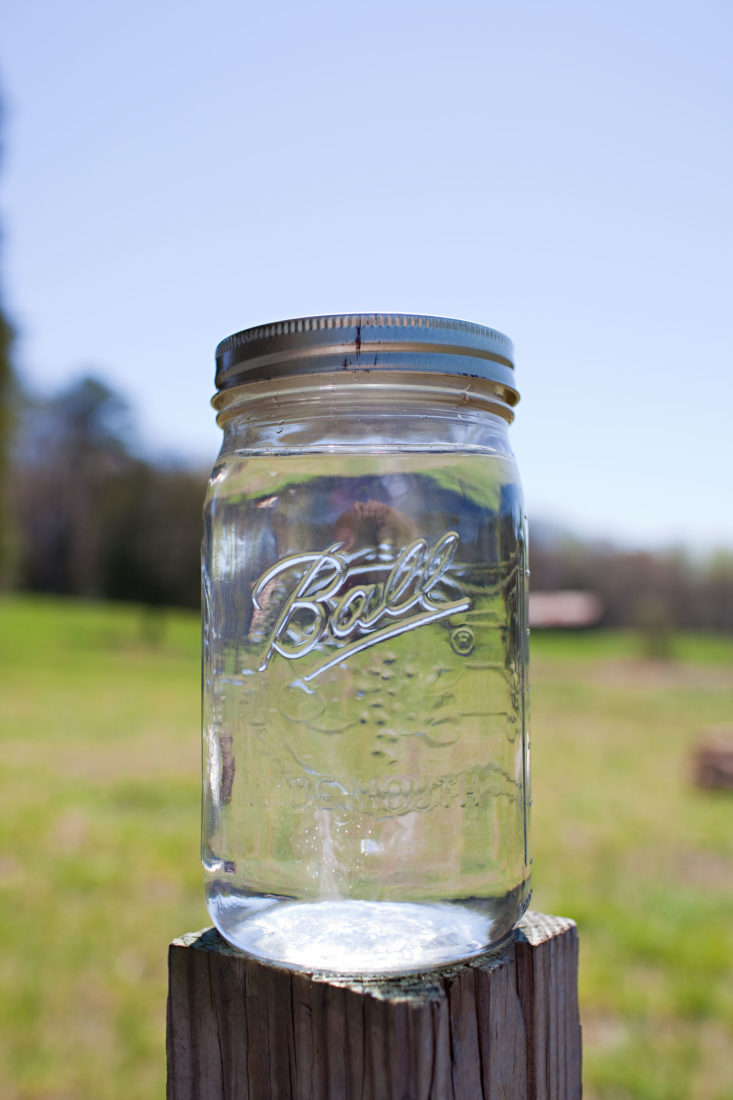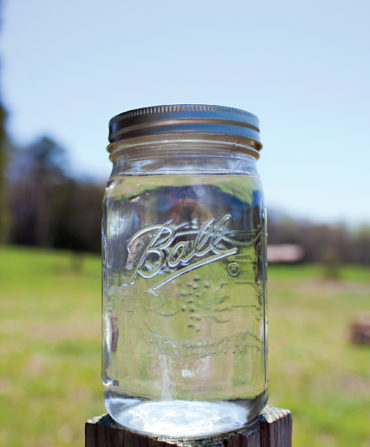In 1919, in anticipation of Prohibition’s impending doom, the pioneering New York toxicologist Alexander Gettler warned officials of an observed uptick in homemade stills across America. This was worrisome. “One of the things that he deeply feared was an epidemic of blindness,” says Deborah Blum, author of The Poisoner’s Handbook: Murder and the Birth of Forensic Medicine in Jazz Age New York, a book about Gettler. “In the 1920s, that in fact happened.” Indeed, between 1920 and 1933 tens of thousands suffered paralysis or blindness through the consumption of homemade hooch. Hundreds, it is estimated, perished.
So yes it’s true: moonshine can put your lights out. But why?
Look no further than CH3OH, or methanol. The chemical is considered the simplest form of alcohol, merely a methyl group linked to a hydroxyl one. But that simplicity doesn’t equate to weakness. Quite the opposite. “Only ten milliliters of methanol consumption can cause permanent blindness,” asserts Dr. Bruce Goldberger, chief of forensic medicine and director of toxicology at the University of Florida’s College of Medicine. In color and odor, methanol closely resembles ethanol, the kind of alcohol that’s human-safe. The only catch is: “If you drink as much methanol as ethanol, you’ll die,” Goldberger says. So it pays to be scrupulous here.
The reason for methanol’s toxicity lies in our metabolism. Ethanol, when consumed, is broken down by the body into two harmless compounds, carbon dioxide and H20. Methanol, on the other hand, becomes formaldehyde, which is nasty stuff. One of the first parts of our nervous system that this poison attacks is the optic nerve.
A natural byproduct of the distillation process, methanol is normally removed from liquor. But mistakes happen—a shoddy ’shiner might leave it in by mistake. A still also could be constructed of poor materials, allowing dangerous chemicals like lead, which has also been linked to blindness, to leach in. Paramount when consuming moonshine safely is being aware of where it came from. Thus, Blum, who grew up in Georgia and Louisiana, recalls a rule that her father lived by: “Know your ’shiner.”
You also want to know what is actually being distilled. Moonshine’s origins harken back to the late eighteenth century, when Scots-Irish flocked into the hills of Appalachia and brought their liquor recipes with them. Corn mash was typically used, but you can put any organic matter into a still—one infamous case from the Prohibition era involved shiners in Tennessee caught distilling poison ivy. Again, know your ’shiner.
Today, with a special license and fee, moonshine is legal to produce in America; incidents of the kind experienced in yesteryear are few and far between. But elsewhere in the world, in places like Pakistan and India that have liquor bans, drinking disasters are commonplace. One tragic accident in Mumbai involved more than 100 fatalities from a bad batch of hooch.
So remember: “Unless the source is reputable,” stresses Goldberger, “be cautious about drinking moonshine.”








